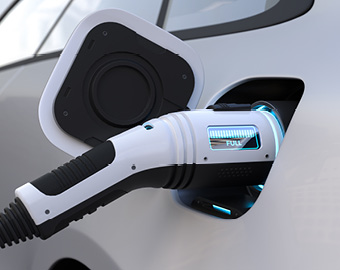The government’s latest announcement of a new electric vehicle (EV) grant has been welcomed by many as a much-needed incentive to get more drivers behind the wheel of zero-emission cars. With the cost of living still biting and new EV prices remaining higher than their petrol and diesel counterparts, financial support will undoubtedly encourage fresh sales. But while this move looks positive on the surface, there are serious questions about the long-term impact on the used car market.
A Lifeline for New EV Sales
There’s no denying the new grant scheme will give a welcome boost to manufacturers and dealers. For many households and businesses, the up-front cost of an EV is the biggest barrier to adoption. Even with running cost savings factored in, a brand-new EV often feels out of reach. The grant helps bridge this gap, stimulating demand for new models and driving sales numbers at a time when the automotive industry is under pressure to hit ambitious net zero targets.
The Ripple Effect on the Used EV Market
However, there is a flipside. Whenever the government props up new car sales with a grant, the used market tends to feel the strain. For example, drivers who might have opted for a second-hand EV could now be tempted into the new market thanks to the discount, reducing demand for pre-owned vehicles. This risks pushing down residual values further, leaving current EV owners facing steeper depreciation than ever.
Fleet operators, in particular, could feel the pinch. Many businesses rely on strong resale values to make their fleet cost-effective over the vehicle’s lifecycle. If the used EV market weakens, leasing rates could rise, and running a low-emission fleet may become more expensive in the medium term.
A Balancing Act
The challenge lies in striking the right balance. Incentivising new EV sales is an important lever in meeting climate goals and boosting uptake. Yet, overlooking the used market risks creating a two-tier system where second-hand EVs are seen as poor value. For many drivers, especially those unable to afford a brand-new vehicle even with a grant, the used market is their only realistic entry point into electric motoring.
What’s Next?
To avoid destabilising the second-hand market, policymakers may need to consider complementary measures – such as grants or tax breaks for used EV purchases, or investment in battery health certification to reassure buyers. Alongside this, expanding the charging network and ensuring affordable electricity tariffs remain crucial to making EV ownership attractive across the board.
Final Thoughts
The new EV grant is undeniably a short-term boost for manufacturers and dealers, but its long-term success will depend on how well the used market is supported. Without a healthy pre-owned EV sector, adoption risks stalling once the shine of the grant wears off. For the transition to electric to work for everyone, from private motorists to fleet operators, both ends of the market must be nurtured – not just the shiny new showroom floor.




